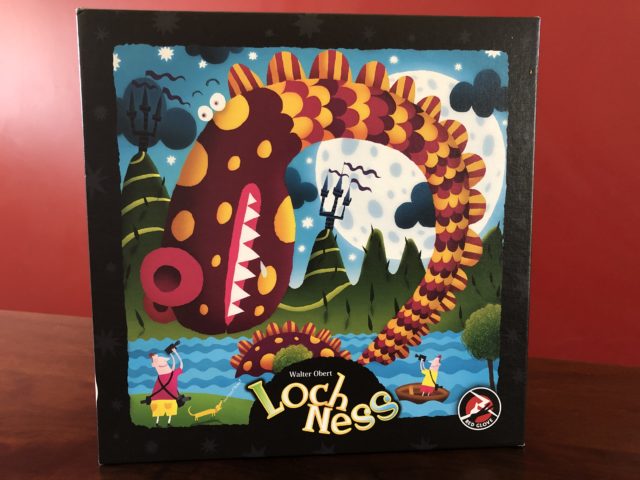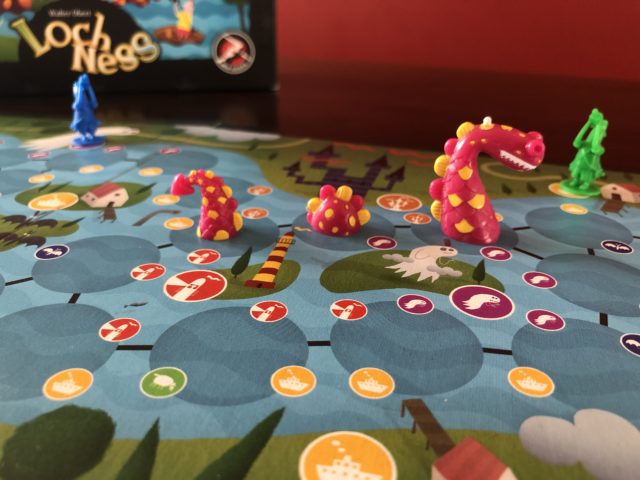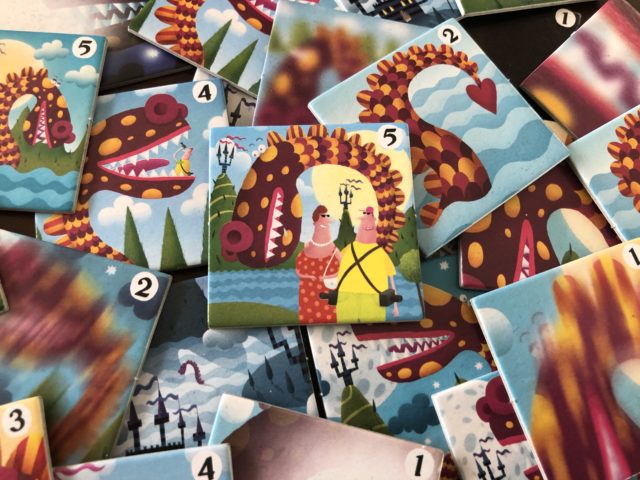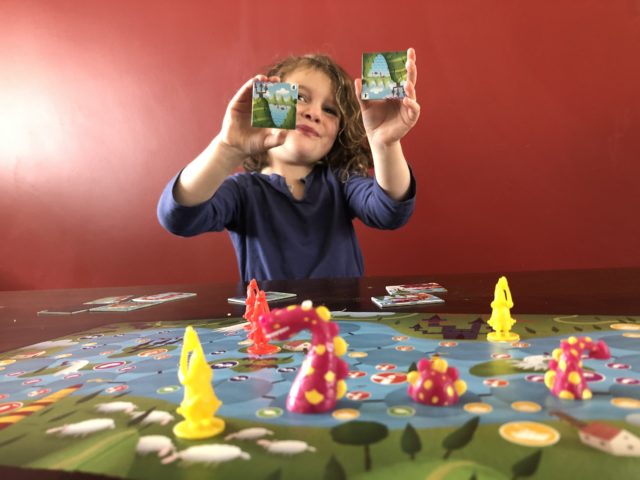Big Bean arrived in our world 2 years after we moved to the East Coast of Canada. As a professional opera singer, being away from friends and family was an inconvenient expectation, so I wasn’t prepared for the heartache of being apart from them after taking on the responsibility of parenthood. Still, modern technology allowed us plenty of opportunity to connect and invest with family, along with one regular reminder:
TAKE LOTS OF PICTURES!
As many of you may be aware, children often have a love/hate relationship with photography. One minute, they’re striking the most ridiculous pose for a picture and immediately asking to see it (and send it to Grammie and Grampy!), and the next, they’re slapping the smartphone out of a hand with a stern “NO PICTURES, DADDY!” Aside from the struggle to get that perfect picture (and not wind up with a smashed screen in the process), it’s a great medium to practice consent with them – for me, always making sure to ask before taking a photo, and for them, the empowerment of being heard when they say no.
Getting that perfect picture is also the goal of a new game we recently explored – Loch Ness from Italian publisher Red Glove. In this game, players take on the role of tourists visiting Scotland’s famous freshwater lake, vying for position to get the best photos of “Nessie” (aka the legendary Loch Ness Monster)! The game plays 2 to 5 players, lasts about 30 minutes, and is suggested for ages 4 and up.

Included in the box are 3 plastic pieces making up Nessie (head, midsection, and tail), 12 plastic photographer miniatures, an extra large 12 sided die, 32 cardboard photograph tiles (with a cloth bag to store them in), and the game board. The board is littered with a smorgasbord of circles, with large blue circles that exist solely for Nessie’s movement (otherwise known as the Monster Track), some medium sized circles for the photographers to stand upon, and small circles matching the colours and icons of the photographer circles to help indicate which blue circles the photographers can see with their cameras.

To set up the game, the Nessie head is placed on any blue circle, with the midsection and tail in the adjacent spaces behind the Nessie’s noggin. The orientation of Nessie’s head is important, as it indicates which directions the Monster may move around the board. Players take turns placing their photographers on the medium size circles, and that’s everything required to begin playing the game!
Each turn, a player has two choices – either to place one of their photographers to a (hopefully) more advantageous position on the board, or to roll the giant blue die and move Nessie around the board by the exact number shown. If a player moves a photographer, nothing else happens on the turn. However, if the Loch Ness Monster moves around the board, each player (starting with the active player and then the others in clockwise order) has an opportunity to photograph the beast, if their photographer can see any of the spaces that Nessie’s three game pieces occupy. For each space within their photographer’s line of sight, the player draws one photograph tile from the bag, and from those tiles, selects one as their best shot of the Monster, with all remaining tiles being returned to the bag. Tiles are numbered 1 through 5, with artwork ranging from picture perfect positioning, over/under-exposed lighting, or even completely out of focus!

The giant blue die also features one side displaying three wavy water lines, which indicates that Nessie dives under the water, and pops up anywhere of the player’s choosing. If only one could predict when this result would happen, so they could position their photographers for the money shot!
Once the draw bag is empty, the game is over. Players count the points on their photo tiles, and (shockingly!) the person with the most points wins the game.
The components included with Loch Ness are positively adorable! Both my wife and I were immediately smitten with the three-piece Nessie, which immediately brings the game to life. My little ladies were mesmerized by the magnificently massive blue die, causing us to separate them to avoid a squabble. The artwork on the photo tiles inspires lots of laughter in adults, as we’ve all found blurry “what was I thinking” photos in our camera rolls. The only shortfall component-wise is the drawstring bag, which wound up with a tear in it after just a couple plays. Fortunately, the bag can easily be replaced at a craft or dollar store.

Unfortunately, beyond free play with the pieces, the actual gameplay of Loch Ness did not inspire my little ones. While the Big Bean and Little Bean enjoyed rolling the die and moving the monster, and even drawing the tiles to select their favourite, the positioning of the photographers was a lost concept for them. Even after several days of introducing the game to her, my 4 year old Big Bean lost focus after two or three turns. From my experience, a children’s game needs to be instantly intuitive to stand a chance of being a winner with them, and the layout of the board was likely a bit overwhelming.
On the other hand, all of the adults who played Loch Ness with me really enjoyed the experience. It’s strategically light, of course, but there are just enough opportunities to set yourself up for a great scoring opportunity, and possibly claim two photo tiles in a single turn. The art and humour of the game charmed everyone who played, the theme is unique and well-implemented, and the time investment is just about right for the game’s complexity.

Our perfect children’s game is one that engages the little ones for the entirety of the game, but can also be fully enjoyed by adults after the munchkins are asleep. In that respect, Loch Ness falls a bit short. My two Beans give the toy factor of this game two thumbs up, but they have yet to ask for it to return to the table. We would happily suggest this game to families with children ages 6 or older, but not for its suggested age of 4.
For us big kids, however, we offer Loch Ness…
Two Big Thumbs Up!
Loch Ness is a roll & move game with minor elements of worker placement, that plays in approximately 30 minutes. Designed by Walter Obert with art by Piotr Socha, and published by Red Glove.
Comments
No comments yet! Be the first!